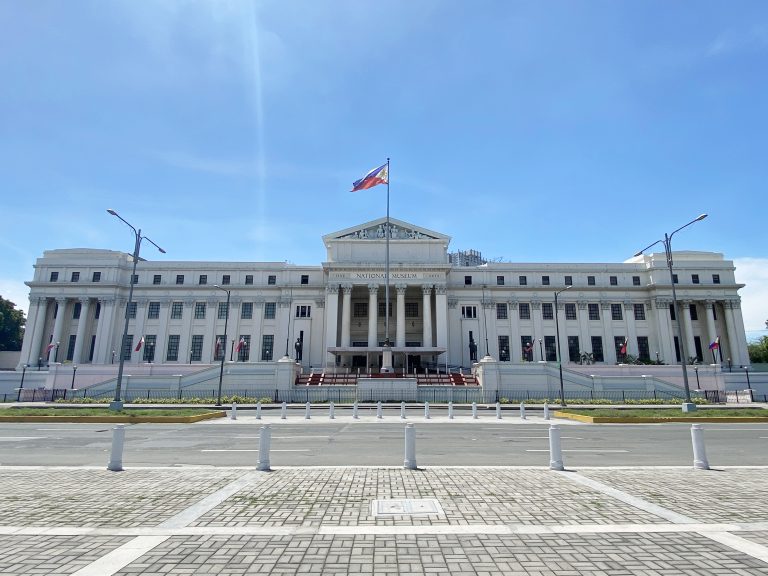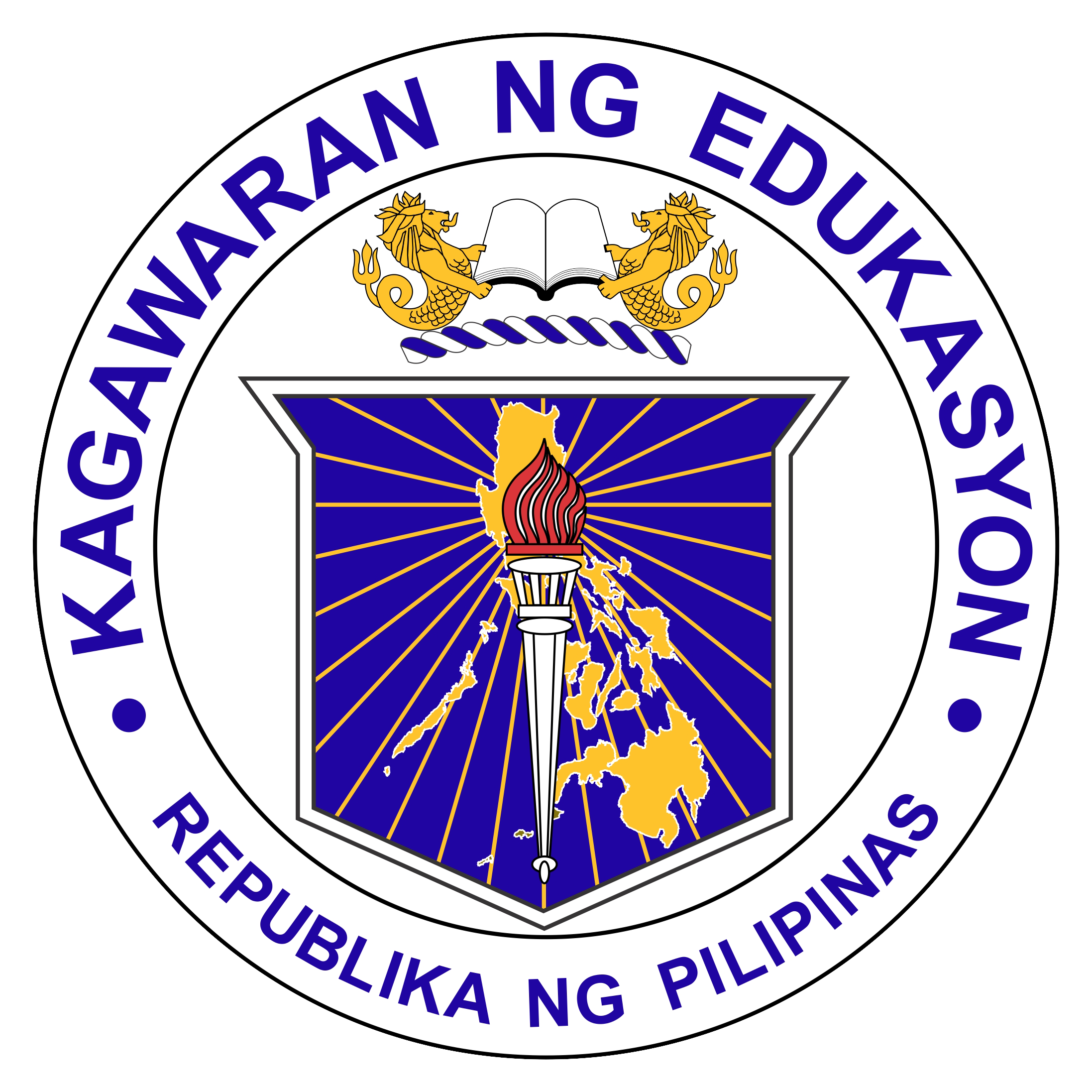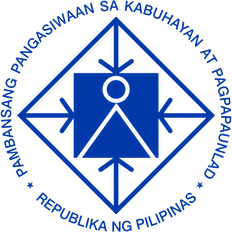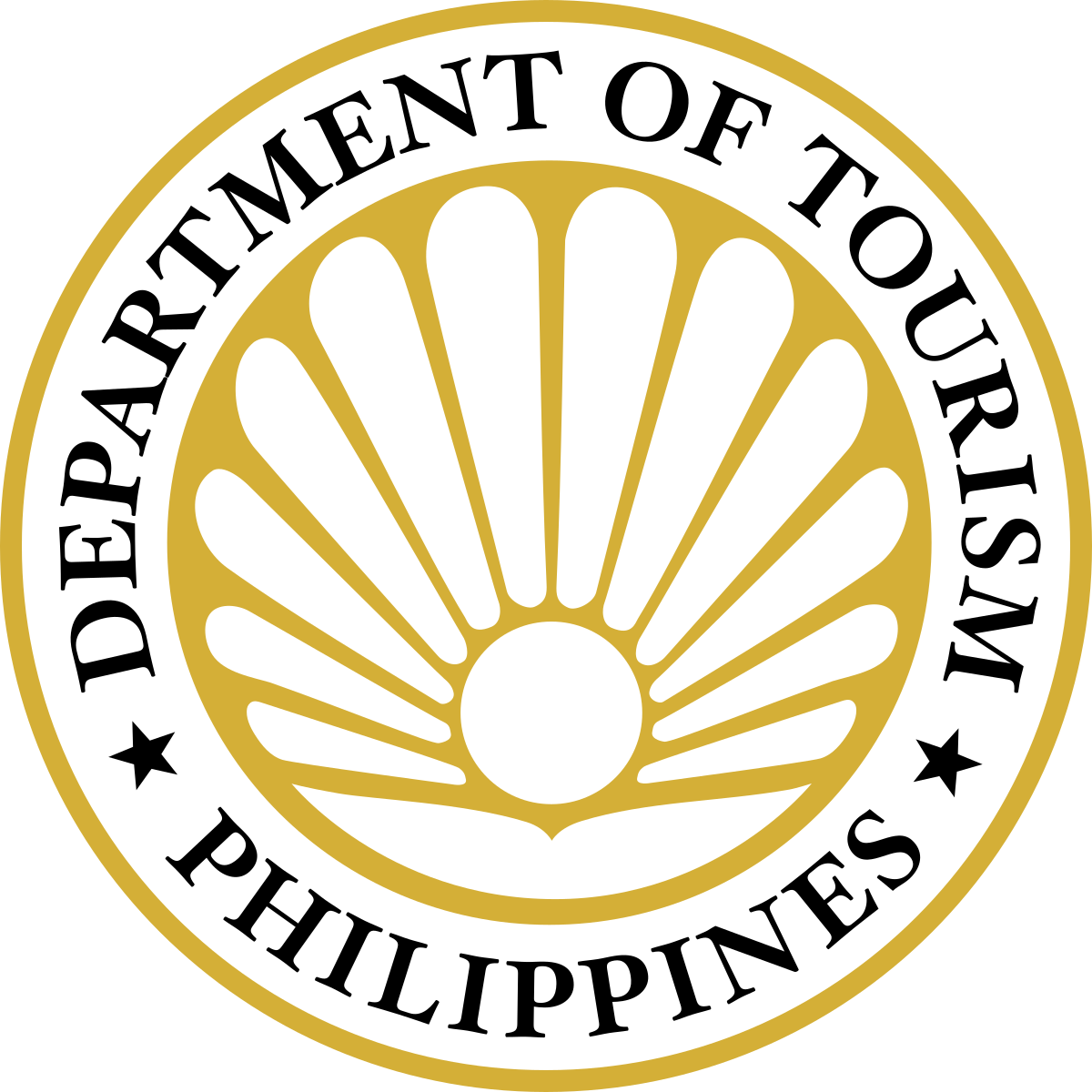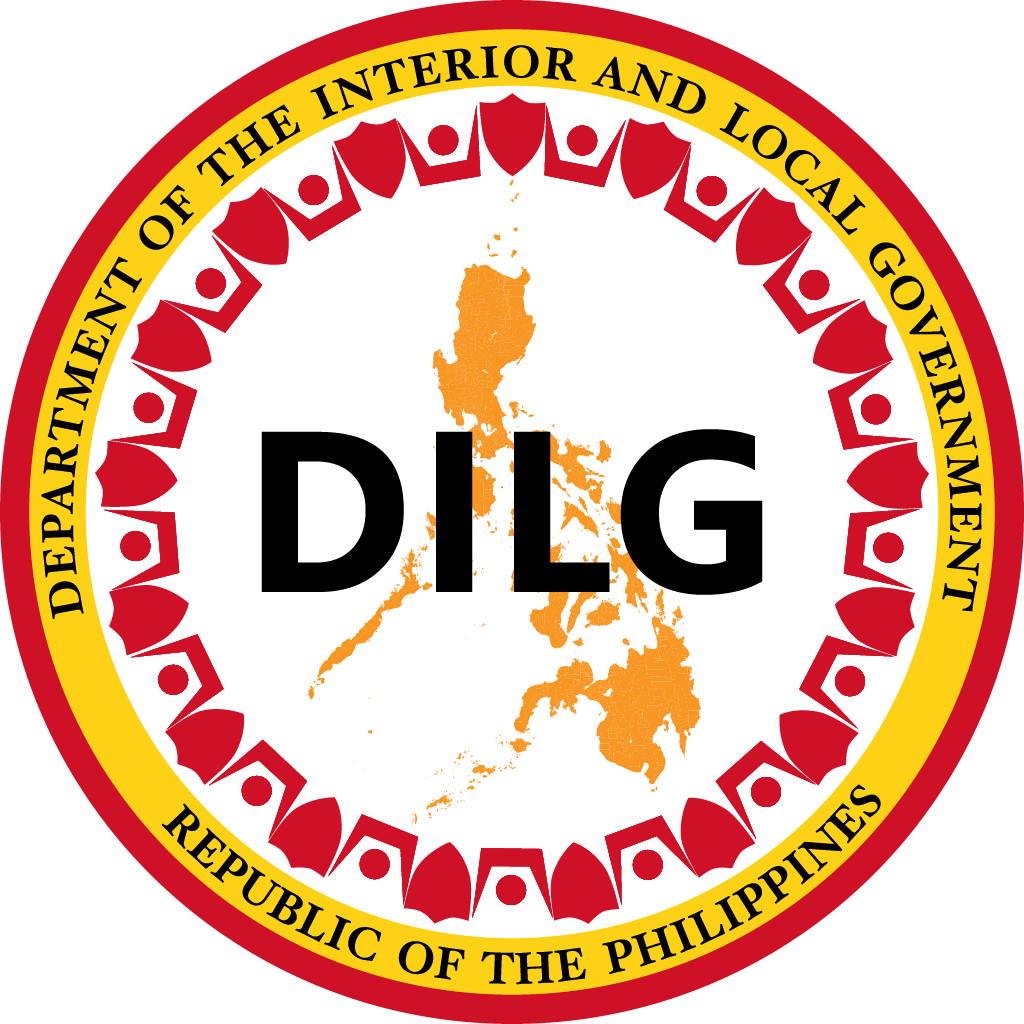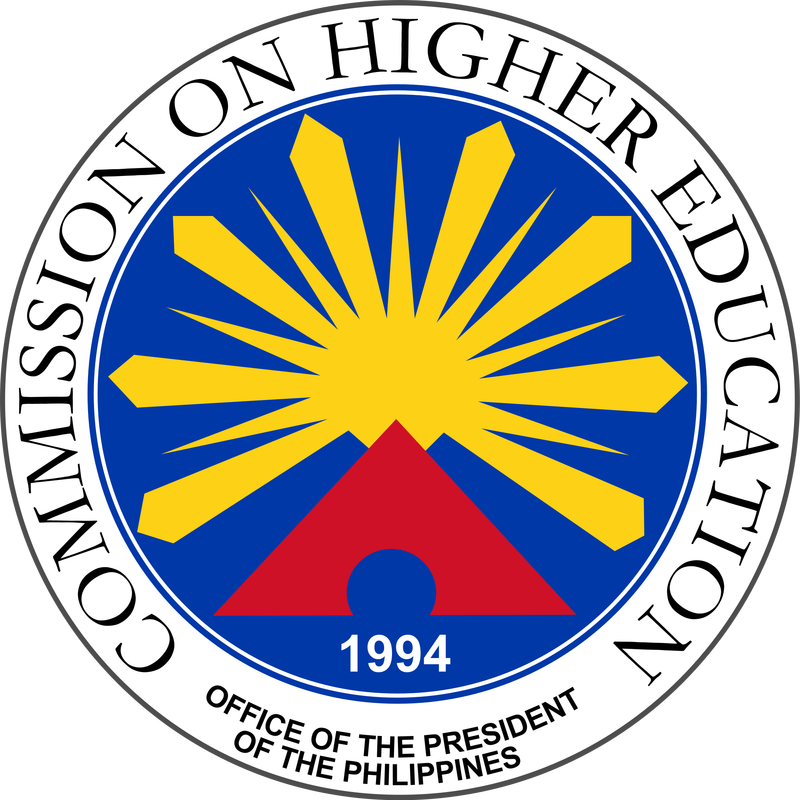The iGovPhil Project officially adopts the Web Content Accessibility Guidelines (WCAG 2.0) as the accessibility standard for all its related web development and services. WCAG 2.0 is also an international standard, ISO 40500. This certifies it as a stable and referenceable technical standard.
WCAG 2.0 contains 12 guidelines organized under 4 principles: Perceivable, Operable, Understandable, and Robust (POUR for short). There are testable success criteria for each guideline. Compliance to these criteria is measured in three levels: A, AA, or AAA. A guide to understanding and implementing Web Content Accessibility Guidelines 2.0 is available at: https://www.w3.org/TR/UNDERSTANDING-WCAG20/
All iGovPhil Project services and content are currently moving towards WCAG Level A compliance. Work is being done to make the system fully compliant with this level.
Combination keys used for each browser:
- Chrome for Linux press (Alt+Shift+shortcut_key)
- Chrome for Windows press (Alt+shortcut_key)
- Chrome for MAC OS press (ctrl+opt+shortcut_key)
- Safari for MAC OS press (ctrl+opt+shortcut_key)
- For Firefox press (Alt+Shift+shortcut_key)
- For Internet Explorer press (Alt+Shift+shortcut_key) then press (enter)
Privacy Policy Content


